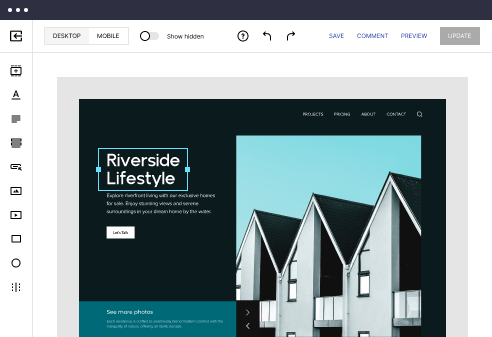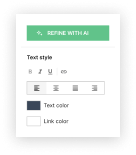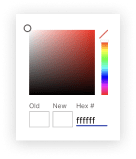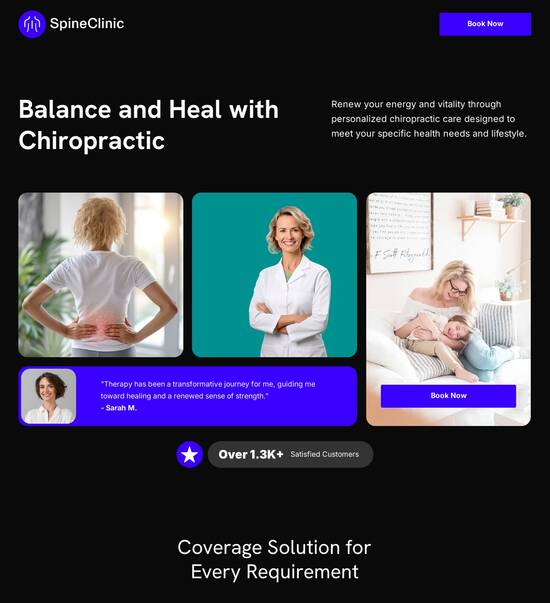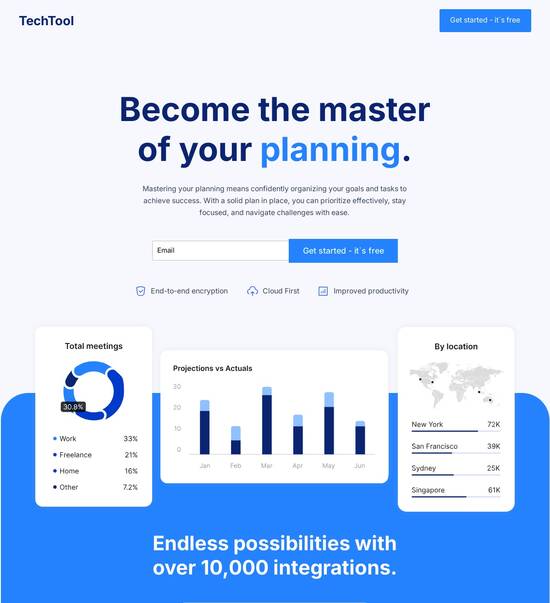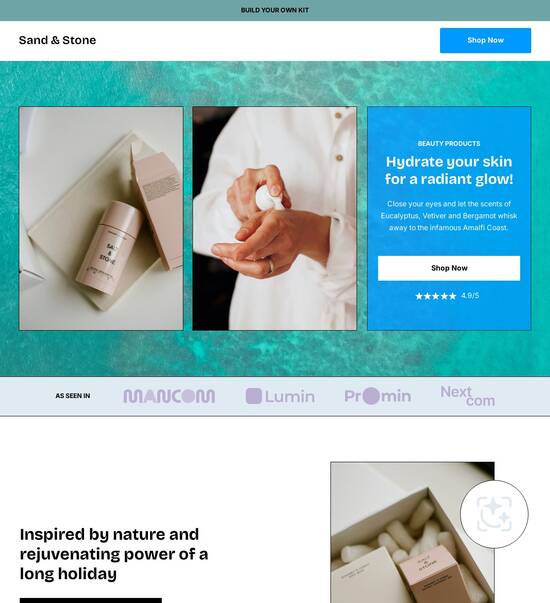
Next.js optimized 401 unauthorized page template
Explore Similar TemplatesAbout template
Supercharge your 401 unauthorized page with Next.js for outstanding performance! Learn more today.
Recommended templates
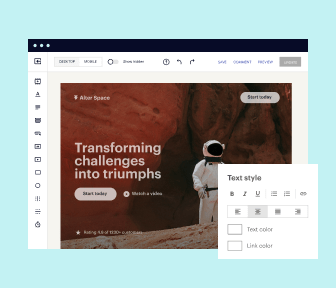
Easy to build without coding
With the intuitive drag-and-drop builder, anyone on your team can create high-converting pages without any knowledge of code or design. Make enhancements to your landing page with custom widgets using Javascript, HTML/CSS, or third-party scripts.
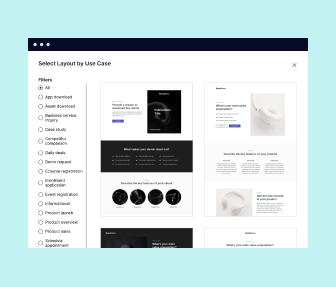
Multiple layouts for any industry and goal
Select from 500+ landing page layouts built to boost conversions across industry-specific scenarios. Customize them by adjusting fonts, adding images, and generating on-brand content with the AI assistant. Quickly scale with Instablocks® and Global Blocks that you can save, reuse, and update globally.
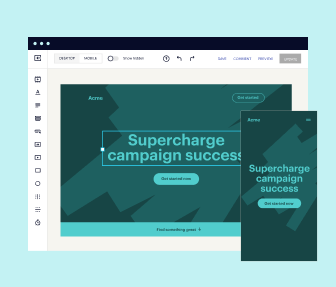
Loads fast and looks polished on any device
Every template is responsive, which means they present professionally on any device and load blazingly fast with our Thor Render Engine. You can also power them up with Google AMP technology to deliver an unparalleled mobile experience and drive higher conversions.
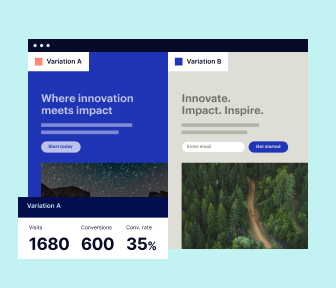
Robust analytics & experimentation
Get real-time updates and reporting across all your devices, showing the number of visitors, conversions, cost-per-visitor, and cost-per-lead. Launch AI-powered experiments, run A/B tests, and use heatmaps to analyze user behavior, then optimize your landing page to maximize conversions.
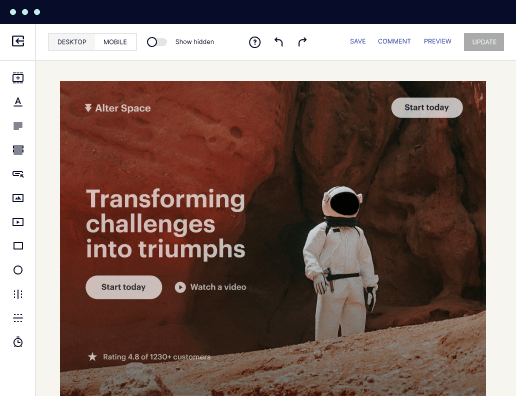
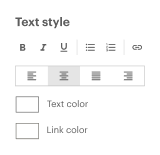
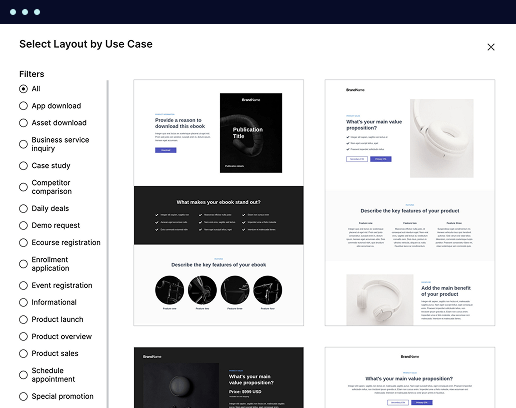
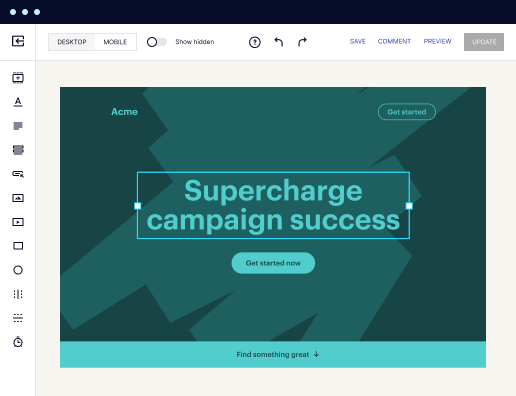
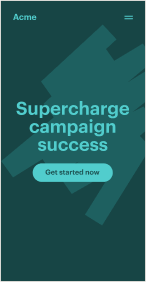
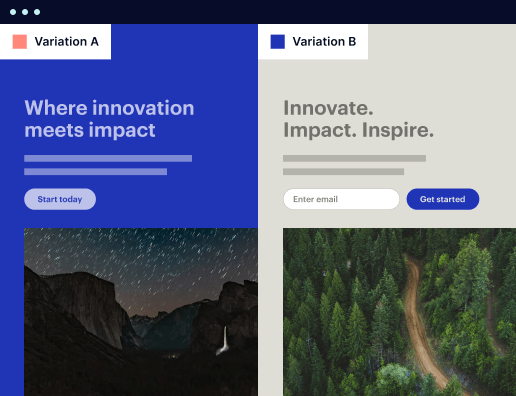
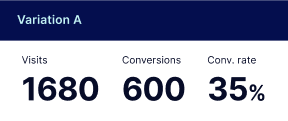
Easy to build without coding
With the intuitive drag-and-drop builder, anyone on your team can create high-converting pages without any knowledge of code or design. Make enhancements to your landing page with custom widgets using Javascript, HTML/CSS, or third-party scripts.
Multiple layouts for any industry and goal
Select from 500+ landing page layouts built to boost conversions across industry-specific scenarios. Customize them by adjusting fonts, adding images, and generating on-brand content with the AI assistant. Quickly scale with Instablocks® and Global Blocks that you can save, reuse, and update globally.
Loads fast and looks polished on any device
Every template is responsive, which means they present professionally on any device and load blazingly fast with our Thor Render Engine.
Robust analytics & experimentation
Get real-time updates and reporting across all your devices, showing the number of visitors, conversions, cost-per-visitor, and cost-per-lead. Launch AI-powered experiments, run A/B tests, and use heatmaps to analyze user behavior, then optimize your landing page to maximize conversions.
All the features you need to build lead-generating landing pages
Explore more featuresLearn how to build top-performing landing pages for any goal
FAQs
Leading the way in building high-performing landing pages





A step-by-step guide to using Instapage for landing page optimization
Creating high-converting landing pages is crucial for the success of any digital marketing campaign. With Instapage's powerful landing page and CRO platform, marketers can easily accelerate, optimize, and scale their campaigns. This guide provides a comprehensive overview of how to effectively utilize Instapage to maximize the ROI of your marketing initiatives.
Understanding the importance of landing pages
Landing pages play a vital role in funneling potential customers toward conversion. Unlike general website pages, landing pages are designed with a single goal in mind: to drive action. Whether it's a sign-up, purchase, or download, optimizing these pages is essential for informed marketing strategies. Instapage simplifies this process, enabling marketers to create visually appealing and high-converting pages without needing technical skills.
- Simple page creation: Instapage provides over 100 high-converting templates to streamline page creation.
- Targeted experiences: Using dynamic text replacement, you can tailor page content based on visitor data.
- Real-time collaboration: Enhance your team's productivity with collaboration tools that enable instant feedback and edits.
First steps in setting up your landing page
Once you've logged into Instapage, follow these initial steps to set up your landing page:
- Choose a template: Start by selecting from over 100 ready-to-use high-conversion templates that suit your campaign.
- Utilize Instablocks: Use library components known as Instablocks to quickly build custom pages.
- Incorporate lead generation elements: Add forms and call-to-action buttons to capture leads effectively.
Optimizing your landing page for conversions
To enhance your page's performance, leverage optimization tools available on Instapage. This step involves fine-tuning your content and visuals based on users' interactions:
- A/B testing: Regularly conduct experiments with different page variations to determine what resonates best with your audience.
- Heatmaps: Utilize heatmaps to visualize user behavior and make data-driven adjustments.
- Analytics dashboard: Monitor key metrics such as conversion rates, time on page, and bounce rates for ongoing improvement.
With these foundational steps in place, you can create a landing page that not only captures leads but also enhances your overall digital marketing strategy.
Employing Instapage allows marketers within various sectors, including tech, education, and financial services, to craft tailored experiences that engage their audience effectively.
Get started with Instapage today and transform your landing pages into powerful tools for driving conversions and maximizing campaign success.
People also ask about Next.js optimized 401 unauthorized page template
Creating an optimized 401 unauthorized page template in Next.js
Understanding the significance of a 401 unauthorized page in Next.js
Authentication is a cornerstone of web applications, ensuring that only authorized users gain access to sensitive resources. Properly managing user permissions fosters a sense of security among users, but what happens when they attempt to access content without permission? This is where a 401 unauthorized page becomes essential. Such pages notify users that they’re not authorized to view the requested content, helping to maintain transparency while safeguarding resources.
Beyond mere functionality, custom error pages significantly enhance user experience. Instead of a generic error message, a tailored 401 page can provide branding consistency, clearer information, and route users toward corrective actions. Using Next.js, a popular React framework, developers can effectively handle HTTP status codes including 401, allowing for smooth navigation even in error situations.
Key features of an optimized 401 unauthorized page template
A successful 401 unauthorized page template should incorporate specific key features, particularly user-centric design principles. These principles ensure the error page is not just functional, but also pleasant and accessible to all users. This includes utilizing inclusive design practices to accommodate various needs and preferences, balancing aesthetics with functionality to create visually appealing yet practical layouts.
User-centric design: Focuses on accessibility and usability.
Dynamic content loading: Improves responsiveness and user engagement.
Informative messaging: Provides clear information and next steps.
Dynamic content loading in Next.js enhances user experience by leveraging its data-fetching methods. Utilizing server-side rendering (SSR) allows the 401 page to serve content quickly and efficiently, presenting users with real-time information. It's essential to craft messages that accurately explain the reason for the unauthorized access, while guiding users towards possible next steps—be it logging in or contacting support for assistance.
Technical considerations in building the template
Building a robust 401 unauthorized page requires thoughtful technical considerations. Utilizing Next.js routing effectively is imperative. By setting up custom error pages, developers can redirect users seamlessly when unauthorized access occurs, ensuring they remain engaged with the application rather than facing abrupt exits caused by generic error messages.
Incorporating conditional rendering techniques also plays a major role. By managing UI components based on authentication status, developers can display user-friendly messages appropriate to the specific situation. For instance, a user already logged in might see a different message than someone who is trying to access a page while logged out. This nuanced approach aids in creating a more personalized user experience.
Utilizing Next.js routing for custom error handling.
Implementing conditional rendering for personalized messages.
Building reusable components to maintain consistency.
Technologies and tools for enhanced functionality
For an effective 401 page, selecting the right authentication strategies is crucial. Libraries like NextAuth.js and Auth0 simplify the process of managing user authentication while integrating seamlessly with Next.js applications. This ensures that the authentication workflow is smooth, allowing users to focus on their experience without unnecessary complications.
State management solutions also play a vital role in reflecting user authorization status accurately. Choosing the right state management approach, be it Redux or the Context API, can make a significant difference. These tools ensure that global user states update in real-time, offering immediate feedback about any authorization changes.
Authentication strategies: NextAuth.js and Auth0.
State management: Redux or Context API for real-time updates.
Styling frameworks: Tailwind CSS or styled-components for UX.
Styling frameworks such as Tailwind CSS or styled-components offer powerful solutions for creating visually appealing designs. By adopting utility-first design principles, developers can craft clean layouts that are easy to navigate, ensuring that users can understand and take action effectively on their 401 unauthorized page.
Crafting rich content for your 401 page
Creating valuable content for a 401 unauthorized page is integral for guiding users. Understanding user needs through engagement techniques can foster greater insight into what information users typically seek when encountering authorization issues. Conducting informal Q&A sessions or surveys can uncover common user questions that the page could directly address.
Incorporating SEO optimization strategies is vital for ensuring that your error pages gain visibility. This can involve integrating keywords relevant to user authorization and security features, making your 401 page indexable for future searches. Moreover, learning from case studies of businesses that successfully implemented custom error pages can offer quantitative data, helping to strengthen arguments for the importance of such initiatives.
Understand user needs: Utilize surveys and feedback.
SEO strategies: Incorporate relevant keywords.
Case studies: Highlight successful implementations.
Location-based customization and global approach
Location-based customization can significantly enhance the user experience of a 401 unauthorized page. By tailoring messages based on user location, businesses can convey more relevant content. For instance, offering multilingual support allows users from diverse backgrounds to understand their authentication issues without language barriers.
Moreover, employing community-driven enhancements can lead to content improvements. Engaging with local forums or user collectives enables organizations to gather insights and suggestions directly from affected users. This approach not only strengthens the relevance of the page content but also fosters a sense of community ownership in the development process.
Localize content: Customize based on user location.
Leverage community insights: Engage with local forums.
Foster cultural sensitivity: Ensure inclusivity in error messaging.
Building access and contact features
To ensure users can recover from a 401 unauthorized error promptly, it’s vital to provide alternative access options on the error page. Include clear links to support resources, such as contact forms or FAQs. Implementing chatbots can also provide users with real-time assistance, further improving the chances of quick resolution.
Moreover, displaying previews of corrective paths is another crucial element. For example, including login forms or password recovery links directly on the error page can facilitate a seamless transition back to the desired functionality, reducing frustration and enhancing the overall user experience.
Provide alternative access: Links to support resources.
Implement chatbots for real-time assistance.
Show corrective paths: Offer login and recovery links.
Monitoring and iterating based on user feedback
Monitoring how users interact with your 401 unauthorized page is vital. By utilizing analytics tools, developers can track page views, drop-off rates, and user interactions specifically linked to error situations. This data reveals how effectively the page addresses user needs or whether further adjustments are required to improve clarity.
Creating robust feedback loops is essential. Setting up regular review cycles helps teams reassess their error page content based on real user feedback. Engaging with user communities regularly ensures continuous improvement and informs developers about areas needing attention or potential enhancements.
Utilize analytics tools: Track user interactions.
Create feedback loops: Regularly review page content.
Engage communities: Incorporate user suggestions.
Implementing team collaboration in development
An effective project workflow is integral for successful development of a 401 unauthorized page. Using collaboration tools like Git and Jira streamlines the process, ensuring all team members are aligned on objectives, responsibilities, and timelines. Establishing clarity in communication enhances team productivity, leading to quicker iterations and a better end product.
Additionally, knowledge-sharing within developer communities fosters collective resource development. Hosting Q&A sessions where developers can discuss common challenges improves understanding across the board. Such engagements lead to shared insights and experiences, which can elevate the quality of the templates developed for handling authorization issues across various applications.
Adopt project workflows: Use collaboration tools like Git and Jira.
Encourage knowledge sharing: Host Q&A sessions for developers.
Build collective resources: Share insights across the community.
Ready to skyrocket conversions?
Supercharge your ad campaigns with high-performing landing pages
Get started